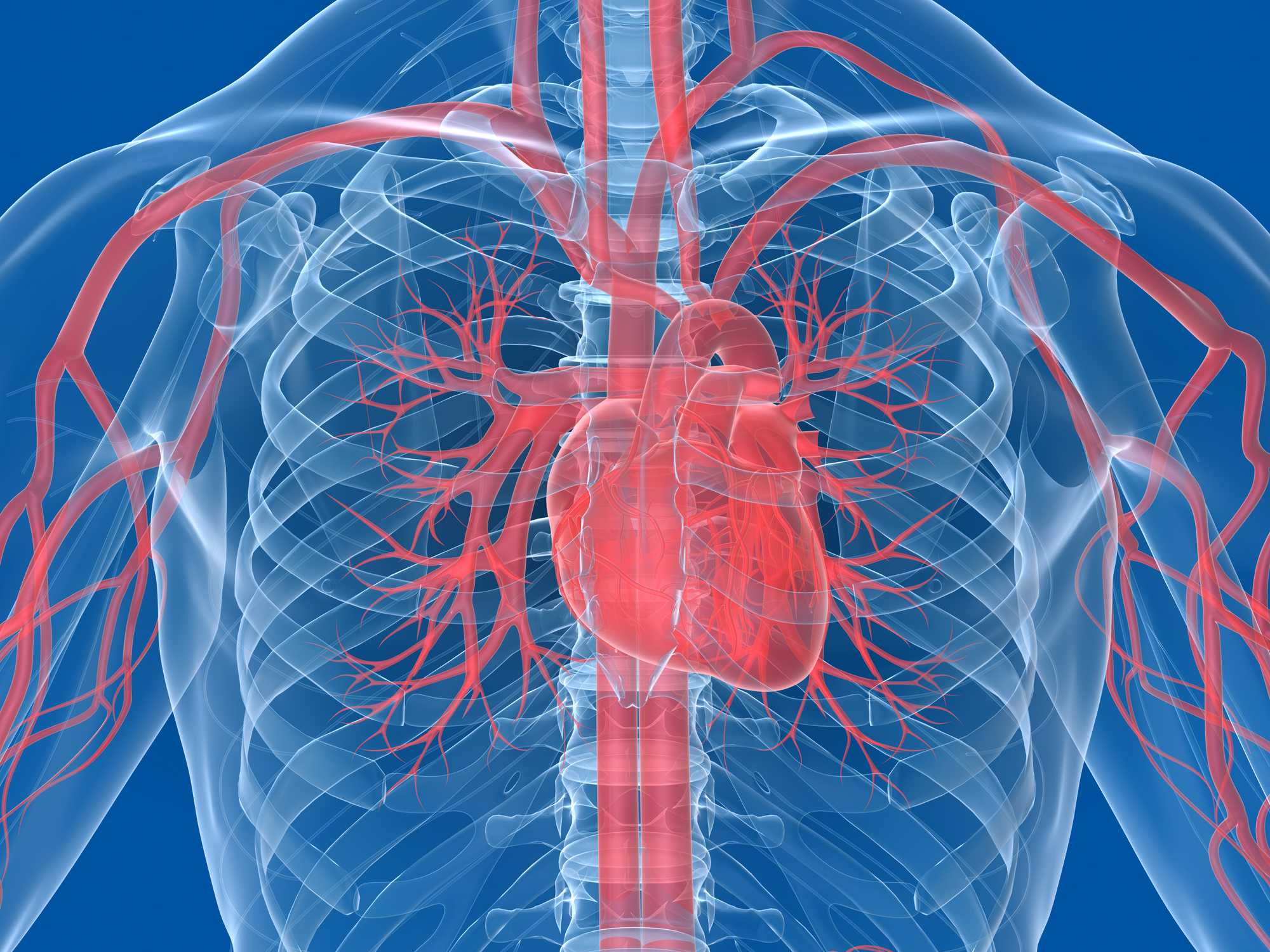Research indicates that people with diabetes have a higher risk of oral health problems, including gum disease , thrush and dry mouth.
It is important for people living with diabetes to maintain excellent plaque removal every day through brushing regularly and using floss or small brushes for cleaning in-between the teeth. Good oral health can contribute to good general health.
Keeping good control of blood glucose levels, eating a healthy diet and quitting smoking can all help reduce your risk of dental health problems. You should also ensure your dentist knows about your diabetes and that you attend regular dental appointments.
In this section we will look at the recommended teeth cleaning techniques that can help you maintain healthy teeth and gums and lower the chance of oral and general health complications developing.
Recommended brushing and interdental cleaning techniques
You should always brush your teeth last thing at night and at one other time in the day. A timer can be useful to ensure you brush for a full two minutes each time.
Once you have brushed your teeth, spit out but don’t rinse your mouth with water. Toothpaste has an active ingredient called fluoride, which prevents dental decay. The excess toothpaste on your teeth will continue working, if it is not rinsed off, to keep your teeth strong. Some toothpastes are designed to also reduce tooth sensitivity, these toothpastes should be used in the same way.
The mechanical aspect of tooth brushing removes dental plaque; this is the most important way to maintain healthy gums rather than a mouthwash.
A good quality small headed toothbrush can make all the difference to plaque removal. Toothbrushes should have soft nylon bristles with rounded ends. They should be used gently and feel comfortable in the hand. A dentist or hygienist can advise you about the best type of toothbrush to use.
Once a day you should use small brushes or floss to remove the plaque from in-between your teeth to improve and maintain the health of your gums. Be sure to use a small brush which is a snug fit in the gaps between your teeth to remove as much plaque as possible.
Once a day you should use small brushes or floss to remove the plaque from in-between your teeth to improve and maintain the health of your gums. Be sure to use a small brush which is a snug fit in the gaps between your teeth to remove as much plaque as possible.
How to floss video guide
How clean are your teeth?
An easy way to assess how well you are brushing your teeth is by using a plaque-disclosing tablet. These tablets show up the plaque deposits on your teeth, and can be bought online, at your dental surgery, in a pharmacy or at the supermarket.
Steps of use:
- Wear an old T-shirt/top as splashes of dye may discolour your clothes
- Brush your teeth as normal
- Apply Vaseline to your lips
- Chew a disclosing tablet on both sides of your mouth and role your tongue around the outer edges of your teeth
- Rinse your mouth out with water
- Plaque deposits will show as pink marks on your teeth
- Look at your teeth in the mirror with good light, to see if any plaque deposits remain on your teeth
- Any plaque missed can be brushed away
- Repeat the process once a week, to check how well you have been brushing.
You may want to take a picture on your phone of the plaque deposits to remind you of any areas you have missed and where to concentrate on brushing in future.
How clean are your teeth?
Common areas for plaque to build up and be missed when tooth brushing include:
- In-between your teeth
- At the levels where the teeth meet the gums
- Around the edges of crowns and fillings
- On the tongue side and palate sides of your teeth






